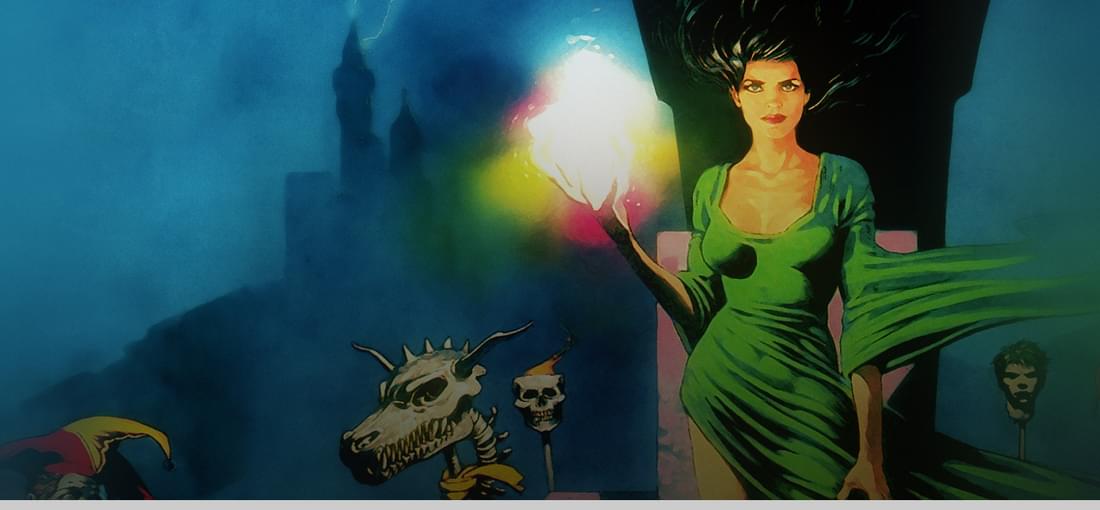


We all know who the big names in the adventure games history are. First we have Ron ‘Monkey Island’ Gilbert and his mischievously hilarious and legendary pirate saga, and Roberta Williams’ majestic King’s Bounty series. Then come all the other Lucas Arts’ classics apart from Monkey Island, games like Sam and Max, Day of the Tentacle, Grim Fandango, all being highly influential, enormously popular titles, part of the genre’s finest. But there are always those, destined to stay behind the shadow of the Great Ones. Games like Revolution’s Broken Sword series, not lacking anything in quality compared to the competition, but still not getting the same mainstream success. And then there are the hidden gems. Like Lure of the Temptress. Revolution’s first game plays an important part in the shaping of the adventure games genre mostly because of one of its aspects – its innovative way of treating NPCs(non-player characters) for the time it was released(1992). The computer controlled characters, unlike in all the previously released point-and-click quests, act as if they are actually living their lives, walking around and talking to each other. Sounds good on paper, but the truth is it actually doesn’t work as good in game. You will find yourself spending minutes just walking around the streets of the fictional village of Turnvale, looking for a blacksmith that has gone who-knows-where. It adds to the authentic experience of the game with the different characters not waiting for you in one place just to talk to them, but seemingly being alive, but in the same time it doesn’t really add much to the gameplay. Pointless clicking from screen to screen looking for someone isn’t exactly entertainment. The other issue with the system is not as annoying, but can prove to be very distracting. Example: you are making a meaningful conversation with a drunk about the fate of a girl that has disappeared from the village, and your rich dialogue gets constantly interrupted by your under-aged companion’s attempts to get a beer from the inn keeper. Nevertheless, the whole thing has its good sides. On a number of occasions you will find yourself just standing in one place and observing the hilarious conversations made between the NPCs. Or the way some of the puzzles are meant to be solved – by giving orders to other characters. Apart from the interesting integrated NPCs system, there isn’t much about the game. The quests are fairly typical and not very challenging to solve, there is little to no music accompanying you throughout the game, and the plot is more or less entertaining. Lure of the Temptress probably won’t be as thrilling for first-timers in the genre as a Monkey Island game would be, but still it has its pluses: it’s short, it has all the quest basics in it, and most importantly, it’s free.